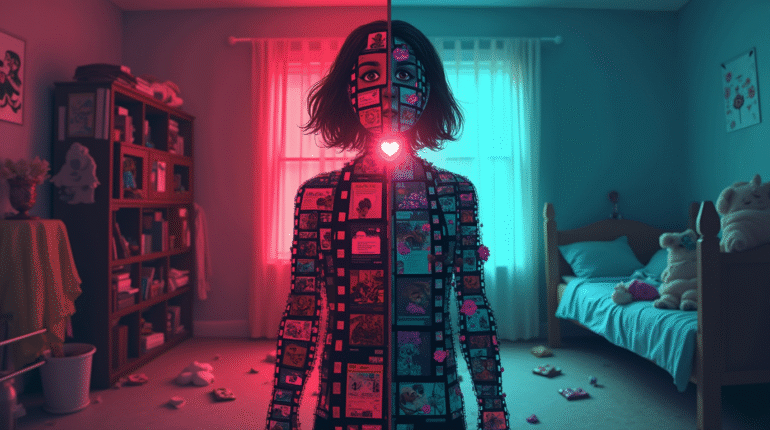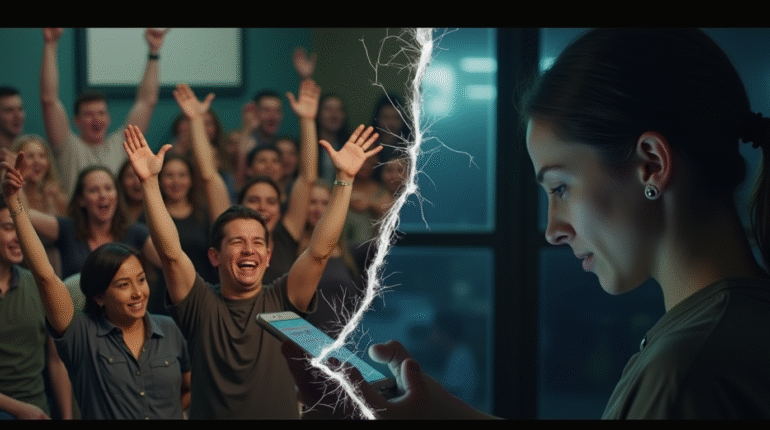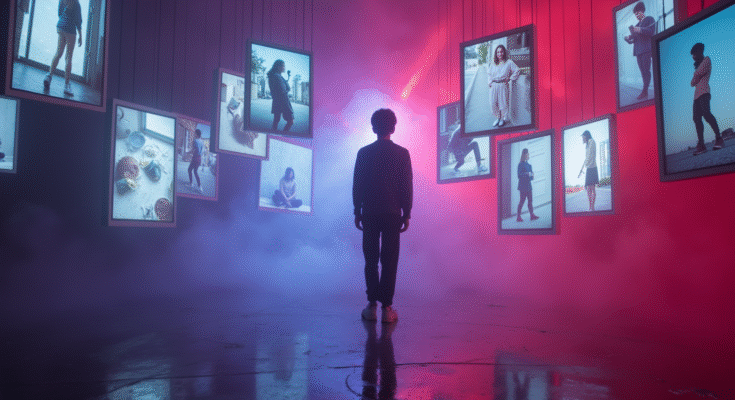Life as a Movie: You Are the Star
You have slow-motion walks on rainy streets. Poetic captions about heartbreak. ‘Get ready with me’ montages so indie music and indie eyeliner. All set to dramatic “get ready with me” montages on social chic may reign supreme on Facebook; however, both TikTok and Instagram contain a rising trend of users posing their lives as the supposed main character in a film. Thus, we come to Main Character Syndrome, an age where one feels that they are the leading role in a carefully selected, highly aestheticized personal story to be shared with others.
What is Main Character Syndrome?
This is the cultural/psychological “disorder” of a person interpreting all things within his life as though written in a book or screenplay, and he, of course, is the character around whom all revolves – the ‘Main’ character. The thought of positioning oneself as a principal character may not be new, but the growth of quick-form content on platforms such as TikTok has further fueled and popularized this mindset.

All of this is not strictly pathological but reflective of how online culture is reinforcing identity around performance and self-branding, not to mention needing constant validation from others.
TikTok and the Rise of the “Narrative Life”
The format of TikTok really encourages small storytelling, transforming regular activities into cinematic moments. From breakup recovery to morning coffee to romanticizing a solo walk with a voiceover, people are increasingly framing their lives around ‘scenes’ that are supposed to elicit some form of emotion or engagement.
Trends like “main character energy” are often presented in humorous or empowering ways, but they’re also a deeper shift: our sense of self is being shaped by what will look best on camera.

Identity as Performance: From Individual to Audience
In the world of always imaginary or real audiences, the Main Character Syndrome still stands. Theory has it that today people internalize how they might look to others by now curating not just their apparel or posts but their feelings: content written when breaking up becomes “arcs,” mental health struggles, “viral, ‘relatable’ moments.”

This erases the clear distinction between real experience and performance identity. Many people start curating life on the fly, discarding that portion of ordinary, untidy, or unattractive features in favor of storylines they can stomach that feel aspirational, or at least engaging.
The Psychology Behind the Syndrome
Several psychological forces drive Main Character Syndrome:
- Validation Seeking: Likes, comments, and shares provide dopamine hits that reinforce curated behaviors.
- Escapism: Viewing life through a cinematic lens provides relief from daily monotony and anxiety.
- Narrative Therapy: Framing oneself as a “main character” can help individuals find meaning and resilience during challenging times.
However, it can also lead to narcissistic tendencies, self-comparison, or a distorted sense of reality, especially when someone’s “main character life” exists only on camera.
Cultural Impact: Empowerment or Alienation?
MCS is a two-edged sword. It has, on one hand, enabled marginalized voices to claim their stories and celebrate the uniqueness of who they are. On the other hand, it can set up very high, often unrealistic expectations that leave people feeling lonelier if their real lives don’t match the polished versions being presented.

Young users, especially Gen Z, are most vulnerable. Constant exposure to curated identities makes it hard to separate their true self from their social media persona.
Is This the New Normal?
Some say we have always built stories about ourselves, but the internet has amplified it to an unprecedented level. Instead of yearly reflection or journaling, we now build stories on the go, for others to see.



